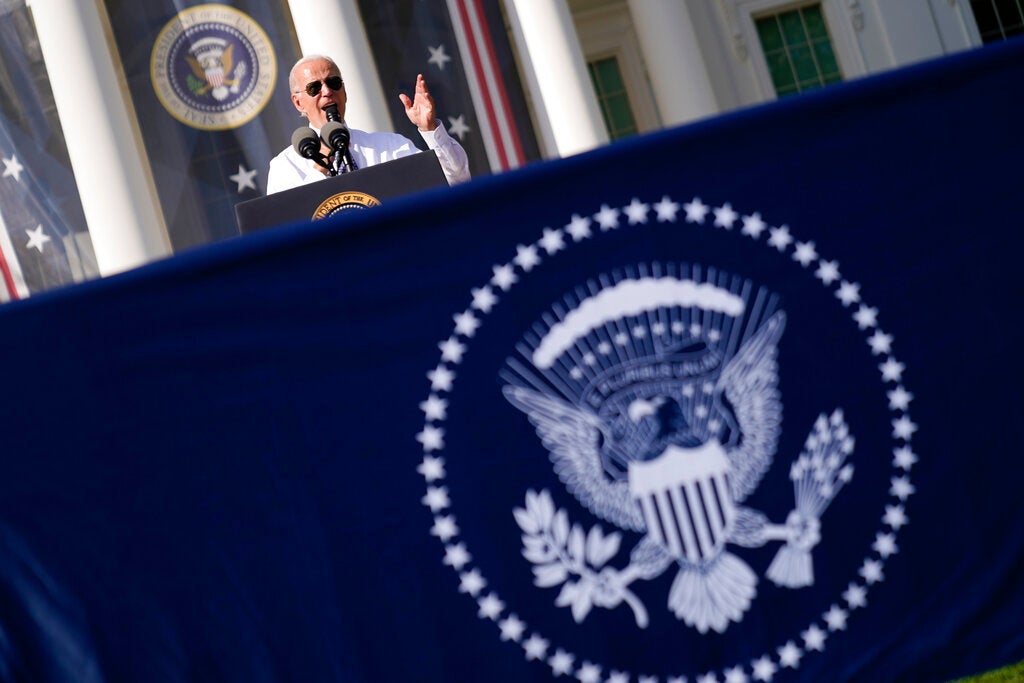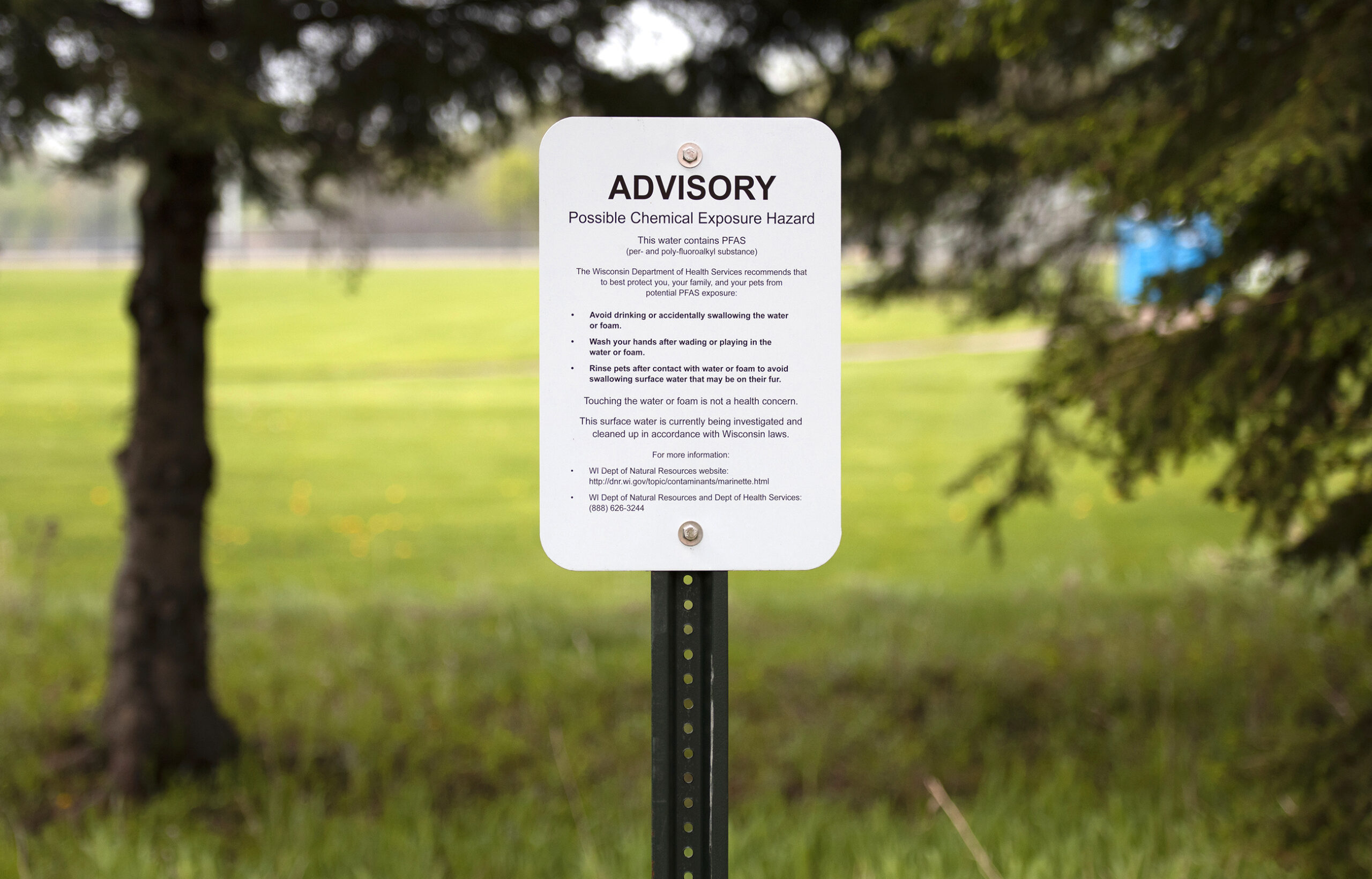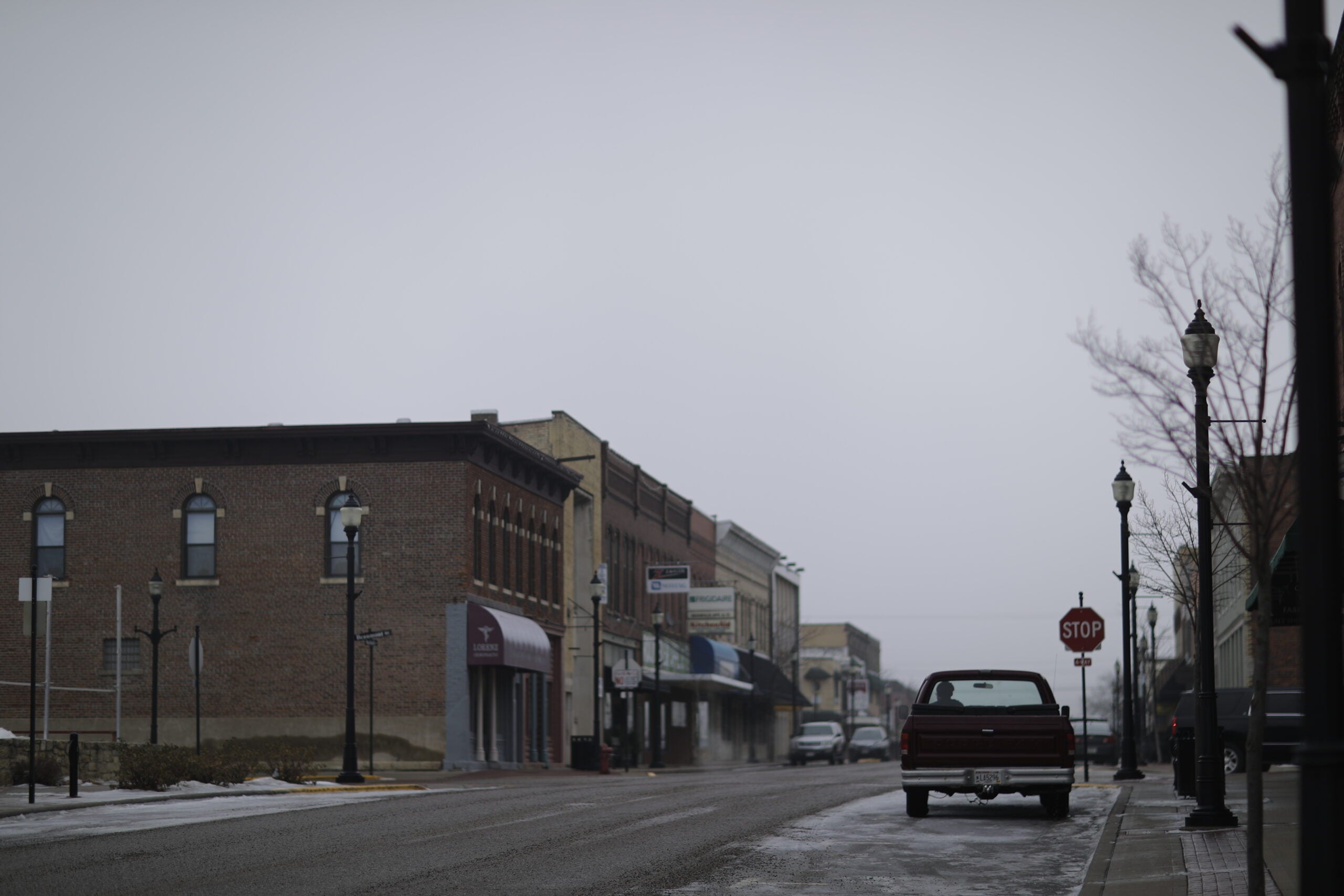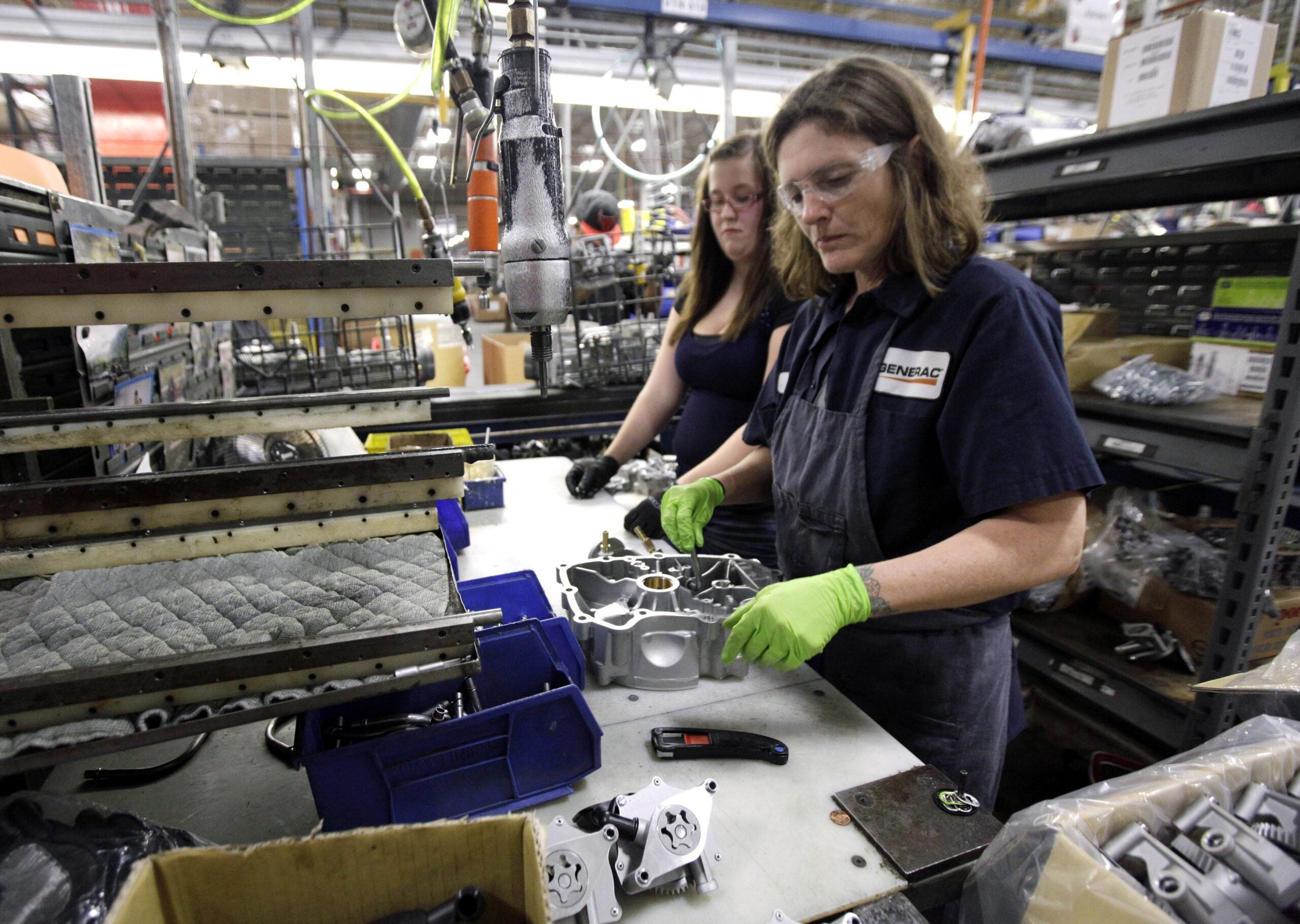The federal Inflation Reduction Act provides historic clean energy incentives to local governments across the country, including in Wisconsin. But taking full advantage of those opportunities is often more difficult for rural communities than urban cities.
The law offers financial incentives for renewable energy projects and electric vehicles, as well as several grant opportunities for reducing greenhouse gas emissions, reducing pollution and addressing environmental justice. It also boosts investment in the U.S. Department of Agriculture’s Rural Energy for America Program.
But Wisconsin’s small cities, towns and villages may be at a disadvantage in terms of their ability to apply for grant funding because they have fewer administrative staff to work on applications or plan clean energy projects, according to Toni Herkert, director of government affairs for the League of Wisconsin Municipalities.
Stay informed on the latest news
Sign up for WPR’s email newsletter.
“There are communities where you have very slim administrative staff, and then part-time chief executives where they just can’t put together the resources in order to apply,” she said.
As they work to navigate federal programs, rural officials often also have to address aging public infrastructure necessary to keep their communities running.
“Because of the smaller staff — and the road projects that are building up or delayed maintenance on a wastewater treatment facility or a drinking water treatment facility — they may be more interested in securing grants or loans in our state programs,” Herkert said.
Opportunities available for municipalities, rural businesses
Art Harrington, an adjunct professor at Marquette University Law and Engineering schools, said the Inflation Reduction Act, or IRA, could be a “game changer” for municipalities.
He said the law provides government entities with the ability to receive cash equivalents of investment tax credits for qualified renewable energy projects. That includes geothermal, solar, wind and certain biomass projects.
Previously, only taxpaying entities were able to qualify for a tax credit that covered 30 percent of the upfront cost of a clean energy project, Harrington said.
“If you’re not-for-profit or a governmental entity, you can apply as if you are a taxpaying entity with the Treasury Department if you have a qualified project. And you can get the cash equivalent of that 30 percent investment tax credit,” Harrington said. “That’s a game changer.”
He said the law also provides funding for three grant programs for which municipalities are eligible. Those include the Greenhouse Gas Reduction Fund, Climate Pollution Reduction Grants and Environmental and Climate Justice Block Grants.
Those programs will be administered by the state, but more guidance from the U.S. Environmental Protection Agency and the U.S. Department of Energy is needed before those programs are up and running, Harrington said.
“There’s so much money, it’s like drinking out of a firehose,” he said. “And all this is thrown on the agencies … they’re trying to come up with guidance on this.”
The IRA also provides $2 billion in additional funding for the Rural Energy for America Program through the U.S. Department of Agriculture, or USDA.
Julie Lassa, the Wisconsin director of rural development for the USDA, said those dollars will be used to offer renewable energy systems and energy efficiency improvement grants for agricultural producers and rural small business owners.
“It’s really helped to create even more opportunities for farmers, ranchers and rural businesses, to invest in renewable energy systems, as well as energy efficiency improvements,” she said. “They’re offering a federal cost share of up to 50 percent for eligible projects that advance the administration’s priorities around the reduction of greenhouse gas emissions.”
That’s already benefited at least two of the state’s rural businesses, Lassa said. K-9 Country Lodge in Black River Falls received a grant to purchase and install new LED lights to become more energy efficient. Mill Creek Gardens in Marshfield received two awards through the Rural Energy for America Program, the most recent was used to install a second biomass boiler.
Getting federal funding remains a challenge for small governments
One of the biggest challenges facing local governments, especially those in rural areas, is getting a solid grasp on all the different funding available through the IRA, Harrington said.
When it comes to applying for federal programs, Herkert said small communities often face stiff competition. She said the federal government has two different classifications for “small communities.” Those are communities with less than 100,000 residents and those with fewer than 50,000 people.
“There are some relatively large communities, from the state of Wisconsin perspective, that are still considered small communities,” Herkert said. “And even those with staff and technical expertise are not competing as well in the discretionary grant programs as we would like them to be.”
The city of Ripon, which had a population of 7,863 as of 2020, applied for federal bipartisan infrastructure law funding for seven road projects that had a total cost of more than $15 million. According to City Administrator Adam Sonntag, none of those projects received funding.
“At the end of the day, it does become challenging for us at a local level to truly stay on top of it and be competitive because it’s so competitive,” he said.
Sonntag said applying for federal grant programs is also a big lift for staff as applications can require between 40- to 80-hours of work from three staff members, with no guarantee a project will be awarded. On complex grant applications, he said the city will hire a consultant to work on the application, but that can cost tens of thousands of dollars.
“You’re kind of putting communities at a point where they may be spending money in hopes of getting something, and they may never really have had a good shot to begin with because the program is skewed to a setting or a population size that is more urbanized,” he said.
Sonntag added that recent federal laws, like the Bipartisan Infrastructure Law or the IRA, include “stuff we need to address,” but acknowledged it’s often tougher for rural municipalities to compete.
“We feel the pressure to apply because it’s this once in a lifetime opportunity,” he said. “But what is the cost of it? And is it really going to be worth the effort and the cost to do it?”
Resources available to rural communities
While keeping track of federal programs and applying for grants can be a tall task for small communities, there are some resources that can help.
Lassa said the USDA’s Rural Partners Network is a program that offers support from local full-time staff to help communities navigate federal resources. The network serves 12 counties: Ashland, Iron, Price, Menominee, Forest, Eau Claire, Dunn, Clark, Buffalo, Pepin, Chippewa and Adams.
“That program is meant to be a pilot to help bring small, rural communities closer to federal government agencies, so that we can help them build capacity and make it easier for them to find out about different funding opportunities,” she said.
Another resource, she said, is the Office of Rural Prosperity through the Wisconsin Economic Development Corp.
Herkert said the League of Wisconsin Municipalities and the Wisconsin Towns Association can also be partners.
She encouraged rural municipalities to look for community partners, whether they be local counties, school districts, nonprofits or businesses that can help in the application process and lighten the load on municipal staff.
“All of those different types of entities could have individuals that are brought together to kind of share in the work that it would take,” Herkert said. “But it does take somebody to organize that effort, trying to coordinate a meeting to see what kind of a project could be utilized in a smaller community or a couple of small communities together.”
Wisconsin Public Radio, © Copyright 2024, Board of Regents of the University of Wisconsin System and Wisconsin Educational Communications Board.






